Understanding VOO’s Dividend Reinvestment Process
Introduction
VOO is one of the most popular ETFs among long-term investors, offering broad exposure to the S&P 500. Many investors wonder whether VOO automatically reinvests dividends or if they need to set up reinvestment through their brokerage account. While VOO distributes dividends quarterly, reinvestment depends on investor preferences and broker settings. Understanding how dividend reinvestment works can help maximize portfolio growth and optimize returns over time.
How VOO Distributes Dividends
VOO distributes dividends on a quarterly basis, providing investors with a steady income stream. The ETF has a dividend yield of approximately 1.27 percent, with an annual payout of around $6.97 per share. Vanguard follows a structured payout schedule, with ex-dividend dates typically occurring in March, June, September, and December. Investors who hold VOO shares before the ex-dividend date qualify for the upcoming dividend payment. Vanguard manages dividend distributions efficiently, ensuring that investors receive their payouts on time. The dividends are sourced from the underlying S&P 500 companies, which include major firms such as Apple AAPL, Microsoft MSFT, and JPMorgan Chase JPM. Vanguard provides investors with the option to reinvest dividends automatically through brokerage settings, allowing for compounding returns over time.
When compared to other dividend-paying ETFs, VOO stands out due to its low expense ratio and broad market exposure. SCHD, another popular dividend ETF, focuses on high-yield dividend stocks, offering a higher yield but with a more concentrated portfolio. SPY, which also tracks the S&P 500, has a similar dividend payout structure but comes with a slightly higher expense ratio.
Automatic Dividend Reinvestment Options
VOO does not automatically reinvest dividends by default, but investors can enable dividend reinvestment through their brokerage accounts. Vanguard and other brokerage platforms offer Dividend Reinvestment Plans (DRIPs), allowing shareholders to reinvest dividends into additional shares of VOO without incurring transaction fees. This reinvestment strategy helps investors compound returns over time, maximizing portfolio growth while maintaining passive exposure to the S&P 500. Brokerage accounts manage dividend reinvestment by providing investors with the option to enroll in DRIPs. Vanguard, Fidelity, and other major brokers allow users to customize their dividend preferences, choosing between automatic reinvestment or receiving cash payouts. Investors can modify their reinvestment settings online, ensuring that dividends are reinvested efficiently.
Enabling automatic reinvestment for VOO requires a few simple steps. Investors must log into their brokerage accounts and navigate to the dividend settings section. From there, they can select VOO and opt into the DRIP program, ensuring that future dividends are reinvested into additional shares. Some brokers may require confirmation before activating the reinvestment feature, but once enabled, dividends will be reinvested automatically without further action from the investor.
Benefits of Reinvesting Dividends
Reinvesting dividends is a powerful strategy for enhancing portfolio growth. Instead of taking cash payouts, investors can use dividends to purchase additional shares, increasing their holdings over time. This approach allows for continuous accumulation of assets without requiring additional capital investment. The impact of compounding returns through dividend reinvestment is significant. When dividends are reinvested, they generate additional earnings, which in turn produce more dividends. Over time, this cycle accelerates portfolio growth, leading to exponential returns. Studies show that reinvesting dividends can contribute up to 40 percent of total stock market gains over multi-decade periods.
Case studies highlight the effectiveness of dividend reinvestment strategies. Investors who consistently reinvest dividends in ETFs like VOO have seen substantial portfolio appreciation. For example, a long-term investor who reinvested dividends in VOO over 20 years experienced higher compounded returns compared to those who took cash payouts.
Risks and Considerations
Reinvesting dividends comes with tax implications that investors should consider. Even if dividends are reinvested rather than taken as cash, they are still taxable in the year they are received. The IRS treats reinvested dividends as income, meaning investors must report them on their tax returns. Qualified dividends are taxed at lower capital gains rates, while ordinary dividends are taxed as regular income.
Investors using tax-advantaged accounts like IRAs or 401(k)s can defer taxes on reinvested dividends. Market volatility plays a crucial role in dividend reinvestment timing. Reinvesting dividends during market downturns can be beneficial, as lower stock prices allow investors to purchase more shares. However, timing the market is challenging, and attempting to reinvest only during favorable conditions can lead to missed opportunities.
Retirees and those seeking passive income often opt for cash payouts to cover living expenses. Others may use cash dividends to diversify their portfolios or invest in different asset classes. While reinvesting dividends enhances portfolio growth, taking cash dividends provides liquidity and flexibility, making it a viable option for income-focused investors.
Institutional and Retail Investor Sentiment
Studies show that reinvested dividends have historically accounted for nearly 50 percent of the cumulative total return of the S&P 500 Index. Large asset managers and pension funds prioritize dividend reinvestment to enhance compounding effects, particularly in periods of economic uncertainty. Retail investors often weigh the benefits of reinvesting dividends versus taking cash payouts. Many individual investors opt for automatic reinvestment through brokerage platforms, leveraging dividend reinvestment plans (DRIPs) to accumulate additional shares without incurring fees. However, some prefer cash dividends for liquidity or passive income, particularly retirees who rely on dividend payouts for financial stability.
Experts predict that dividend reinvestment strategies will remain a key component of wealth accumulation. Analysts emphasize the importance of compounding returns, noting that reinvested dividends significantly boost portfolio value over time. Financial advisors recommend maintaining a balanced approach, combining reinvestment with selective cash withdrawals based on individual financial needs.
Sources:
Morningstar
Investopedia
CNBC
Portfolio Allocation Strategies
Investors often pair VOO with fixed-income assets or international ETFs to enhance diversification. By reinvesting dividends, investors can compound returns over time, allowing their portfolios to grow steadily. Some investors also allocate a portion of their holdings to sector-specific ETFs, ensuring exposure to emerging industries while maintaining the core stability of VOO. Balancing dividend reinvestment with sector-specific ETFs can optimize returns while mitigating risk. Investors seeking higher growth potential may complement VOO with technology-focused ETFs like QQQ or healthcare ETFs such as XLV.
Additionally, adding small-cap ETFs like VB can provide exposure to high-growth companies outside the S&P 500. Long-term strategies for maximizing returns with VOO dividends involve consistent reinvestment and periodic rebalancing. Investors often use dollar-cost averaging to reduce the impact of market fluctuations while reinvesting dividends to compound returns.
Conclusion
Integrating VOO dividends into a diversified portfolio requires a strategic approach to balance growth and stability. Investors often pair VOO with fixed-income assets or international ETFs to enhance diversification. By reinvesting dividends, investors can compound returns over time, allowing their portfolios to grow steadily. Some investors also allocate a portion of their holdings to sector-specific ETFs, ensuring exposure to emerging industries while maintaining the core stability of VOO.
Expert Analysis
Maximizing Returns with VOO’s Dividend Reinvestment Strategy
VOO’s dividend reinvestment strategy plays a crucial role in long-term wealth accumulation. Investors who reinvest dividends benefit from compounding returns, allowing their portfolios to grow steadily over time. While automatic reinvestment depends on brokerage settings, choosing to reinvest dividends can significantly enhance overall returns. Understanding tax implications and market conditions ensures that investors make informed decisions about reinvesting VOO dividends.
📌Read More About:
Top Large Cap Stocks- https://stockbossup.com/pages/topics/large-cap
Is VOO Large Cap Growth? https://stockbossup.com/pages/post/39145/is-voo-a-large-cap-growth-etf-understanding-its-investment-strategy
Why is VOO So Popular?- https://stockbossup.com/pages/post/38754/why-is-voo-so-popular
What is VTI and VOO?- https://stockbossup.com/pages/post/38634/what-is-vti-and-voo
Why VOO Over SPY?- https://stockbossup.com/pages/post/39131/voo-vs-spy-which-s-p-500-etf-offers-better-long-term-value
Is a SCHD or VOO Better?- https://stockbossup.com/pages/post/38645/is-a-schd-or-voo-better
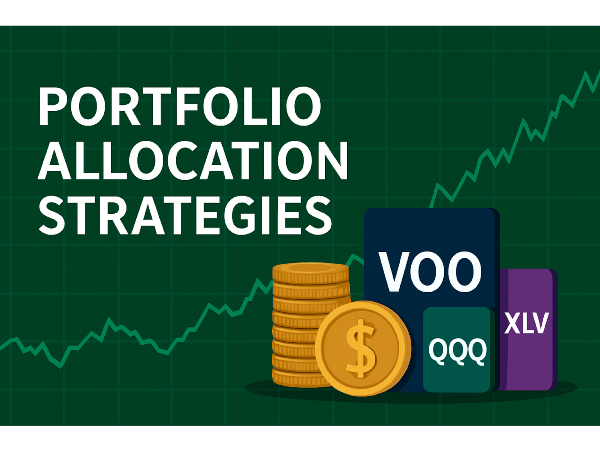

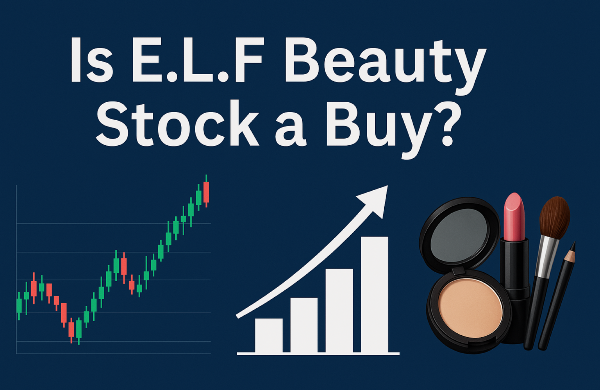
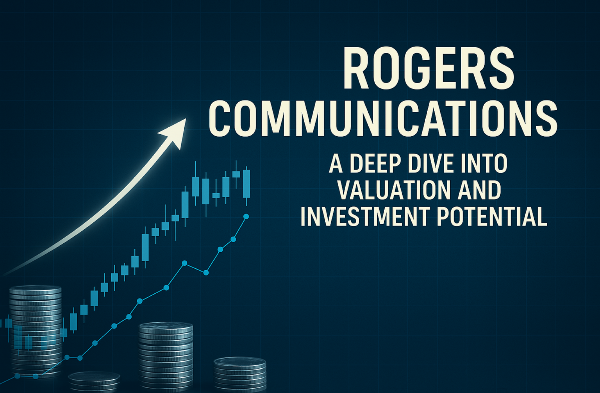
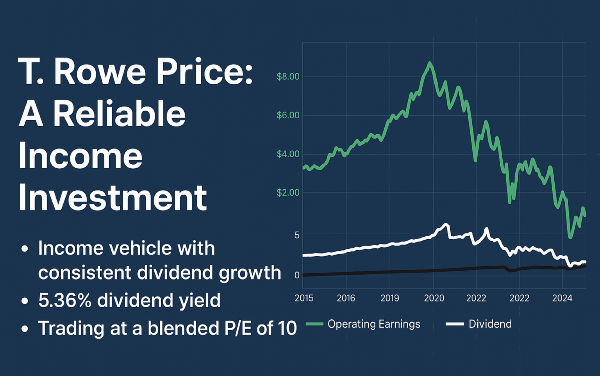
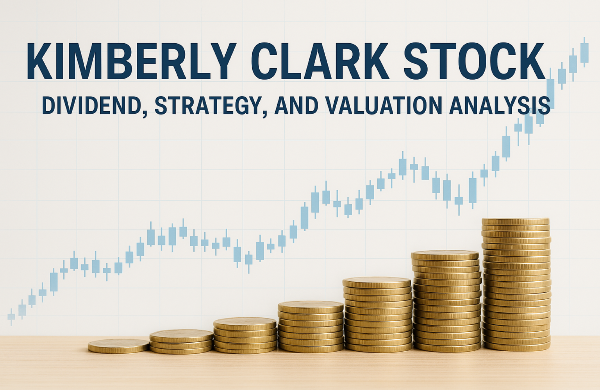

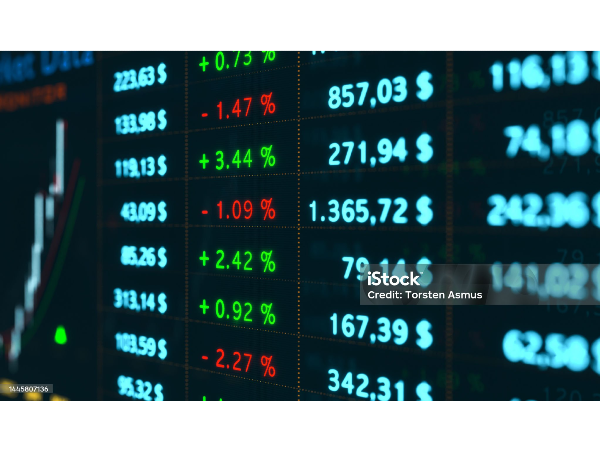

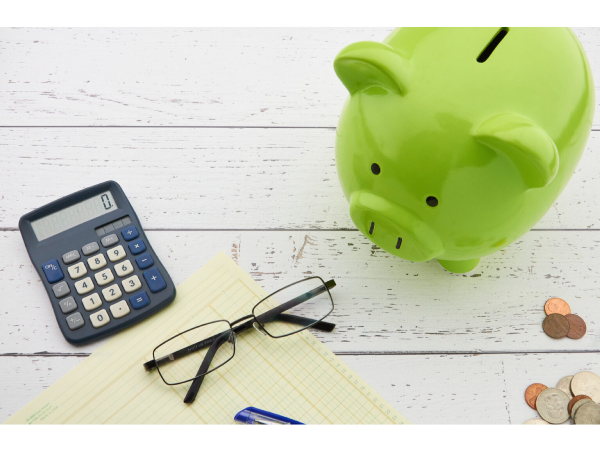
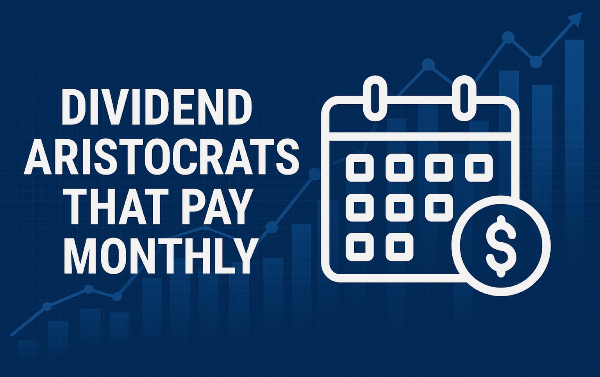
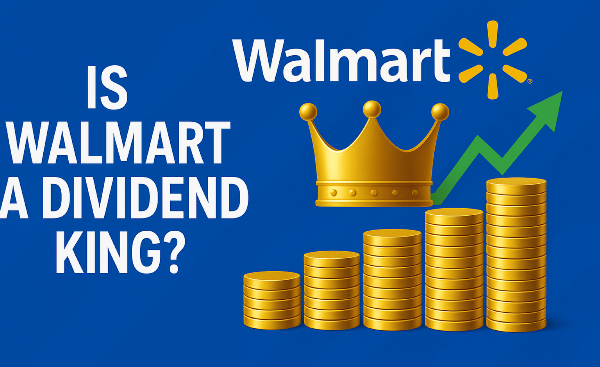
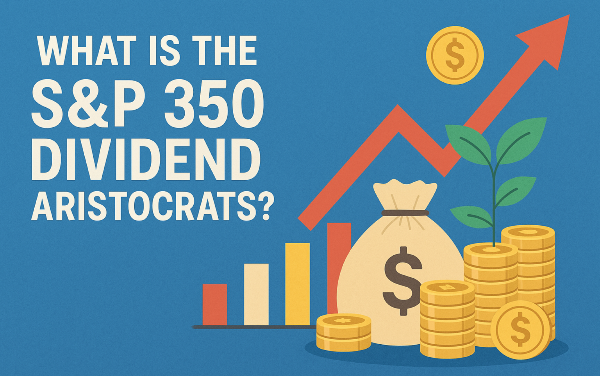
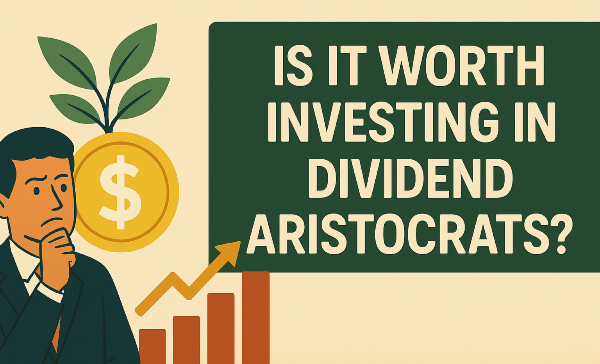
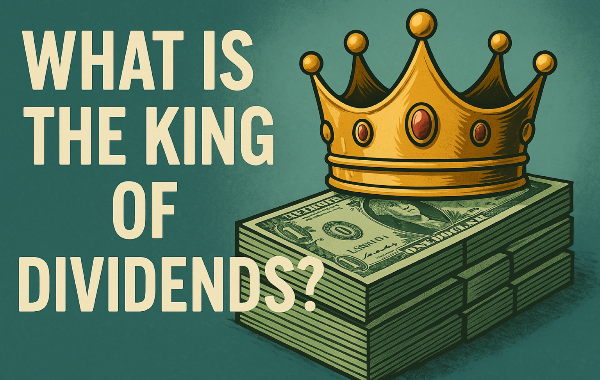
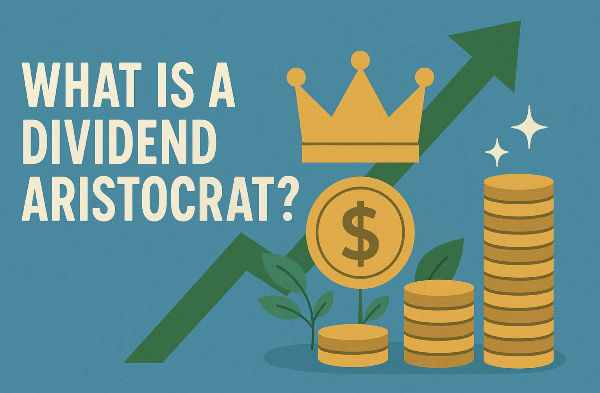
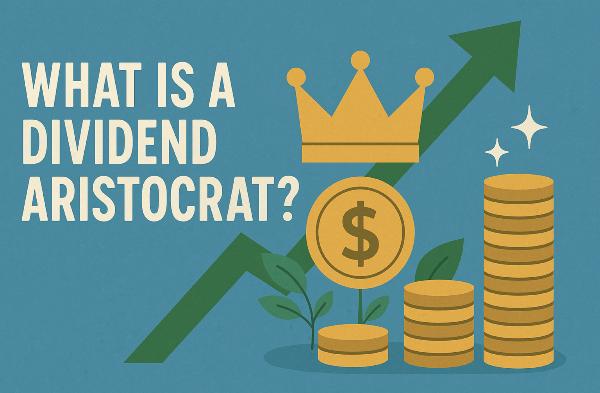
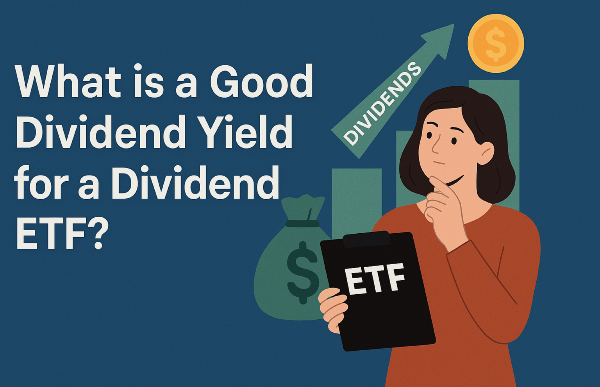
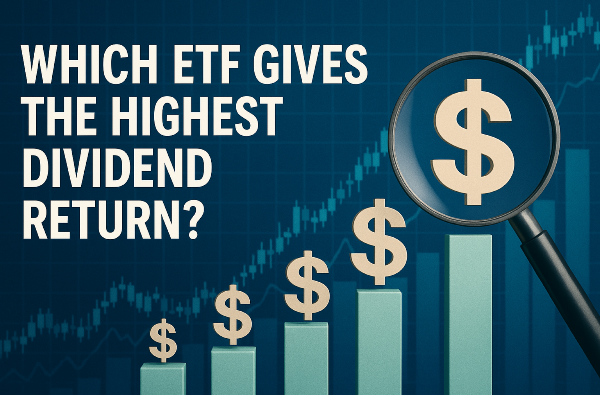
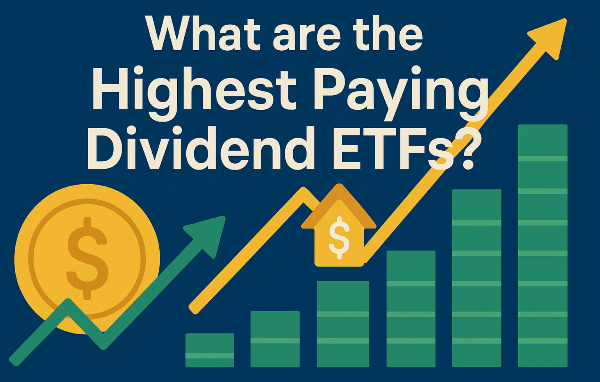
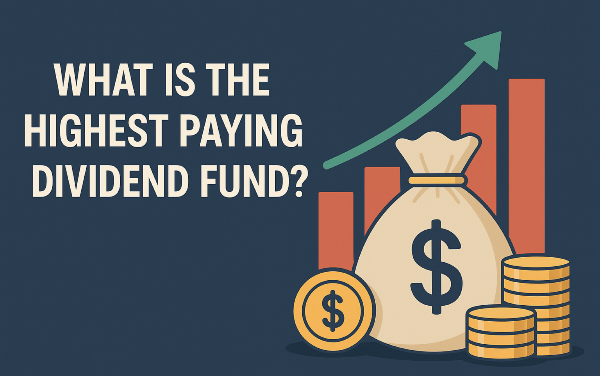
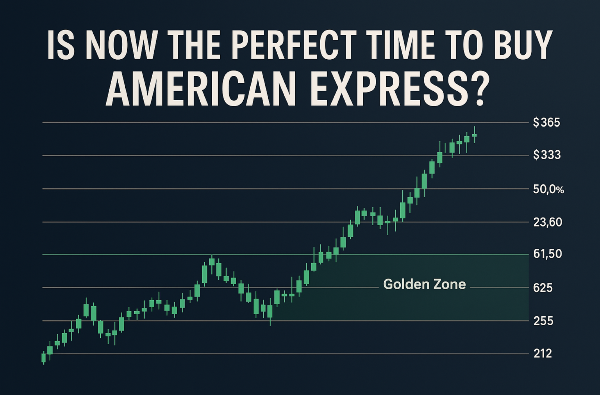








Understanding VOO’s Dividend Reinvestment Process
Introduction
VOO is one of the most popular ETFs among long-term investors, offering broad exposure to the S&P 500. Many investors wonder whether VOO automatically reinvests dividends or if they need to set up reinvestment through their brokerage account. While VOO distributes dividends quarterly, reinvestment depends on investor preferences and broker settings. Understanding how dividend reinvestment works can help maximize portfolio growth and optimize returns over time.
How VOO Distributes Dividends
VOO distributes dividends on a quarterly basis, providing investors with a steady income stream. The ETF has a dividend yield of approximately 1.27 percent, with an annual payout of around $6.97 per share. Vanguard follows a structured payout schedule, with ex-dividend dates typically occurring in March, June, September, and December. Investors who hold VOO shares before the ex-dividend date qualify for the upcoming dividend payment. Vanguard manages dividend distributions efficiently, ensuring that investors receive their payouts on time. The dividends are sourced from the underlying S&P 500 companies, which include major firms such as Apple AAPL, Microsoft MSFT, and JPMorgan Chase JPM. Vanguard provides investors with the option to reinvest dividends automatically through brokerage settings, allowing for compounding returns over time.
When compared to other dividend-paying ETFs, VOO stands out due to its low expense ratio and broad market exposure. SCHD, another popular dividend ETF, focuses on high-yield dividend stocks, offering a higher yield but with a more concentrated portfolio. SPY, which also tracks the S&P 500, has a similar dividend payout structure but comes with a slightly higher expense ratio.
Automatic Dividend Reinvestment Options
VOO does not automatically reinvest dividends by default, but investors can enable dividend reinvestment through their brokerage accounts. Vanguard and other brokerage platforms offer Dividend Reinvestment Plans (DRIPs), allowing shareholders to reinvest dividends into additional shares of VOO without incurring transaction fees. This reinvestment strategy helps investors compound returns over time, maximizing portfolio growth while maintaining passive exposure to the S&P 500. Brokerage accounts manage dividend reinvestment by providing investors with the option to enroll in DRIPs. Vanguard, Fidelity, and other major brokers allow users to customize their dividend preferences, choosing between automatic reinvestment or receiving cash payouts. Investors can modify their reinvestment settings online, ensuring that dividends are reinvested efficiently.
Enabling automatic reinvestment for VOO requires a few simple steps. Investors must log into their brokerage accounts and navigate to the dividend settings section. From there, they can select VOO and opt into the DRIP program, ensuring that future dividends are reinvested into additional shares. Some brokers may require confirmation before activating the reinvestment feature, but once enabled, dividends will be reinvested automatically without further action from the investor.
Benefits of Reinvesting Dividends
Reinvesting dividends is a powerful strategy for enhancing portfolio growth. Instead of taking cash payouts, investors can use dividends to purchase additional shares, increasing their holdings over time. This approach allows for continuous accumulation of assets without requiring additional capital investment. The impact of compounding returns through dividend reinvestment is significant. When dividends are reinvested, they generate additional earnings, which in turn produce more dividends. Over time, this cycle accelerates portfolio growth, leading to exponential returns. Studies show that reinvesting dividends can contribute up to 40 percent of total stock market gains over multi-decade periods.
Case studies highlight the effectiveness of dividend reinvestment strategies. Investors who consistently reinvest dividends in ETFs like VOO have seen substantial portfolio appreciation. For example, a long-term investor who reinvested dividends in VOO over 20 years experienced higher compounded returns compared to those who took cash payouts.
Risks and Considerations
Reinvesting dividends comes with tax implications that investors should consider. Even if dividends are reinvested rather than taken as cash, they are still taxable in the year they are received. The IRS treats reinvested dividends as income, meaning investors must report them on their tax returns. Qualified dividends are taxed at lower capital gains rates, while ordinary dividends are taxed as regular income.
Investors using tax-advantaged accounts like IRAs or 401(k)s can defer taxes on reinvested dividends. Market volatility plays a crucial role in dividend reinvestment timing. Reinvesting dividends during market downturns can be beneficial, as lower stock prices allow investors to purchase more shares. However, timing the market is challenging, and attempting to reinvest only during favorable conditions can lead to missed opportunities.
Retirees and those seeking passive income often opt for cash payouts to cover living expenses. Others may use cash dividends to diversify their portfolios or invest in different asset classes. While reinvesting dividends enhances portfolio growth, taking cash dividends provides liquidity and flexibility, making it a viable option for income-focused investors.
Institutional and Retail Investor Sentiment
Studies show that reinvested dividends have historically accounted for nearly 50 percent of the cumulative total return of the S&P 500 Index. Large asset managers and pension funds prioritize dividend reinvestment to enhance compounding effects, particularly in periods of economic uncertainty. Retail investors often weigh the benefits of reinvesting dividends versus taking cash payouts. Many individual investors opt for automatic reinvestment through brokerage platforms, leveraging dividend reinvestment plans (DRIPs) to accumulate additional shares without incurring fees. However, some prefer cash dividends for liquidity or passive income, particularly retirees who rely on dividend payouts for financial stability.
Experts predict that dividend reinvestment strategies will remain a key component of wealth accumulation. Analysts emphasize the importance of compounding returns, noting that reinvested dividends significantly boost portfolio value over time. Financial advisors recommend maintaining a balanced approach, combining reinvestment with selective cash withdrawals based on individual financial needs.
Sources:
Morningstar
Investopedia
CNBC
Portfolio Allocation Strategies
Investors often pair VOO with fixed-income assets or international ETFs to enhance diversification. By reinvesting dividends, investors can compound returns over time, allowing their portfolios to grow steadily. Some investors also allocate a portion of their holdings to sector-specific ETFs, ensuring exposure to emerging industries while maintaining the core stability of VOO. Balancing dividend reinvestment with sector-specific ETFs can optimize returns while mitigating risk. Investors seeking higher growth potential may complement VOO with technology-focused ETFs like QQQ or healthcare ETFs such as XLV.
Additionally, adding small-cap ETFs like VB can provide exposure to high-growth companies outside the S&P 500. Long-term strategies for maximizing returns with VOO dividends involve consistent reinvestment and periodic rebalancing. Investors often use dollar-cost averaging to reduce the impact of market fluctuations while reinvesting dividends to compound returns.
Conclusion
Integrating VOO dividends into a diversified portfolio requires a strategic approach to balance growth and stability. Investors often pair VOO with fixed-income assets or international ETFs to enhance diversification. By reinvesting dividends, investors can compound returns over time, allowing their portfolios to grow steadily. Some investors also allocate a portion of their holdings to sector-specific ETFs, ensuring exposure to emerging industries while maintaining the core stability of VOO.
Expert Analysis
Maximizing Returns with VOO’s Dividend Reinvestment Strategy
VOO’s dividend reinvestment strategy plays a crucial role in long-term wealth accumulation. Investors who reinvest dividends benefit from compounding returns, allowing their portfolios to grow steadily over time. While automatic reinvestment depends on brokerage settings, choosing to reinvest dividends can significantly enhance overall returns. Understanding tax implications and market conditions ensures that investors make informed decisions about reinvesting VOO dividends.
📌Read More About:
Top Large Cap Stocks- https://stockbossup.com/pages/topics/large-cap
Is VOO Large Cap Growth? https://stockbossup.com/pages/post/39145/is-voo-a-large-cap-growth-etf-understanding-its-investment-strategy
Why is VOO So Popular?- https://stockbossup.com/pages/post/38754/why-is-voo-so-popular
What is VTI and VOO?- https://stockbossup.com/pages/post/38634/what-is-vti-and-voo
Why VOO Over SPY?- https://stockbossup.com/pages/post/39131/voo-vs-spy-which-s-p-500-etf-offers-better-long-term-value
Is a SCHD or VOO Better?- https://stockbossup.com/pages/post/38645/is-a-schd-or-voo-better